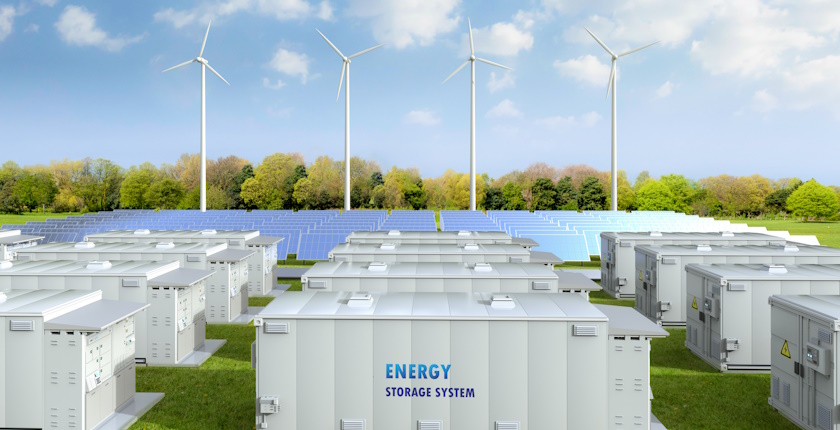Serbia rolls out grid connection delay option for wind, solar to secure system stability – Balkan Green Energy News
Serbia’s transmission system operator Elektromreža Srbije has decided to delay the connection to the grid of solar power plants and wind farms that don’t have a contract on the development of a grid connection study. However, such projects could access the network if the investors secure balancing capacity.
TSO Elektromreža Srbije (EMS) announced to all interested parties that the conditions have been met for delaying the connection procedure of variable renewable electricity plants. Namely, it detected a risk to the safe operation of the power system due to the lack of balancing reserves.
The move is the result of the adequacy analysis conducted by EMS and published within the Transmission System Development Plan of the Republic of Serbia for the period from 2023 to 2032. The plan was approved a few days ago by the Energy Agency of the Republic of Serbia (AERS).
The adequacy analysis revealed risks to the safe operation of the power system due to the lack of balancing reserves, so the delay of the grid connections for power plants using variable renewable energy sources came into force, the development plan reads.
This procedure is in line with the Law on the Use of Renewable Energy Sources adopted in April 2023.
The delay doesn’t apply to 27 wind farms and five solar parks
According to EMS’s notification, the delay doesn’t apply to projects with contracts on the development of grid connection studies.
The list consists of 27 wind power projects with a total planned capacity of 4,200 MW and five future solar parks of an overall 352 MW.
The development plan includes a list of power plant projects that would be connected to the distribution grid and exempted from the delay. Eighteen of them are for wind power facilities with a combined capacity of 147 MW and 257 photovoltaic units of 684 MW altogether.
Total exemptions amount to 5,383 MW.
The adequacy analysis assessed that the existing production capacities in Serbia can withhold solar power plants and wind farms with a combined 5,800 MW. It is close to an earlier assessment.
EMS analyzed the impact of a larger penetration of renewable power plants on balancing as an ambitious scenario encompassing all requests for connection to the transmission and distribution grids until 2032. It envisages a total capacity of 19,742 MW. In that case, the level of availability of balancing reserves is significantly lower, the analysis reads.
Grid connection under certain conditions
The law still provides an option for projects without a contract on the development of a grid connection study to proceed without delay. The investors need to secure additional secondary reserve capacity as an auxiliary service. The capacity has to be offered to EMS.
The investor can install it, offer its existing capacity, or sign a contract with a third party to provide it. For example, it can be a battery storage system.
The law stipulates that the delay won’t be applied if the adequacy analysis shows there are balancing reserves in the electricity system for new power plants.
Post Views: 12
This post was originally published on 3rd party site mentioned in the title of this site


